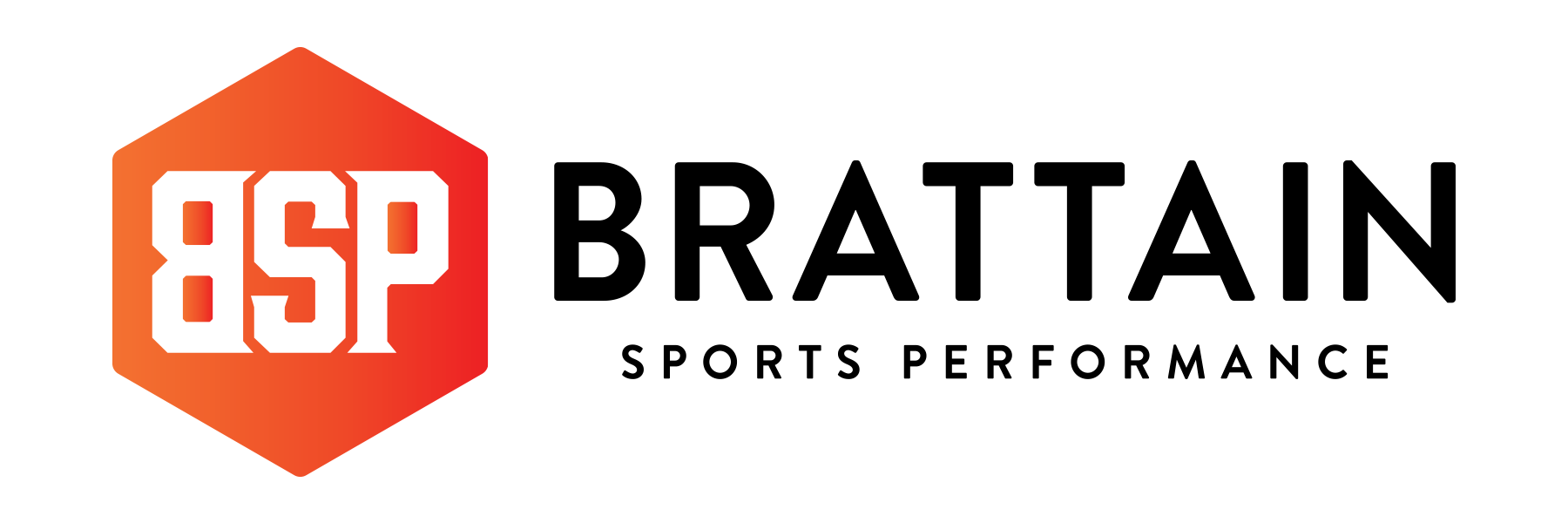All BSP Athletes Begin at the Same Starting Point
When you step inside the doors of a new training facility there are many unknowns. You are unsure of the setting, the coaches employed in the setting, the philosophy of the facility, the atmosphere of training sessions and even what music you will hear throughout the session. These are all things you are acquainting yourself with throughout the first session.
There are also many unknowns for the Coach/ Trainer that is leading you during that first encounter. Has this athlete trained before? Does this athlete have experience in this type of setting? How does this athlete accept feedback/ coaching?
This first encounter is an opportunity for both parties to explore and learn more information.
It is in this first encounter that we, the coach, must collect as much information about the athlete as we can. This encounter will help us to shape the training program and experience moving forward.
At Brattain Sports Performance the first experience in the facility is always an initial evaluation. This evaluation creates an opportunity for us, as the coach, to see the athlete’s true movement capacities. We can evaluate the individual’s flexibility, strength (relative to body weight), movement quality, preferred coaching style, and reason’s for seeking out training.
Due to the fact that much of our programming is individualized this information is vital to creating a program that fits their needs as opposed to putting them in a program that is designed for the masses.
Prior to writing these programs we will conduct a “Needs Analysis”. This Needs Analysis (NA) is used to identify where the athlete is currently and at what point they would like to get to at the completion of training. The NA serves as a guide post for the structuring of the training program. If point A is the starting point and point B is the desire goal then the NA creates the infrastructure for the path between both points.
This NA will include criteria for flexibility, strength, power, speed, agility, and even recovery and nutrition. Each of these is vital to the success of our athletes in their perspective sports. From this information we will build out the training program tailoring each of the areas to create the high rate of improvement.
“That which is measured, improves” -Thomas Monson
The above quote drives much of our thinking from a performance standpoint. We rely on the information that we are receiving. If the data indicates that the athlete is improving in their speed and strength then we will continue. If we begin to see their progress stall then we will change paths and find a new strategy to achieve our goals.
The human body is unique and different from others. We cannot train each individual the same and expect similar results from everyone. We must be prepared to adjust and adapt to the individual in front of us in order to best meet their needs.
